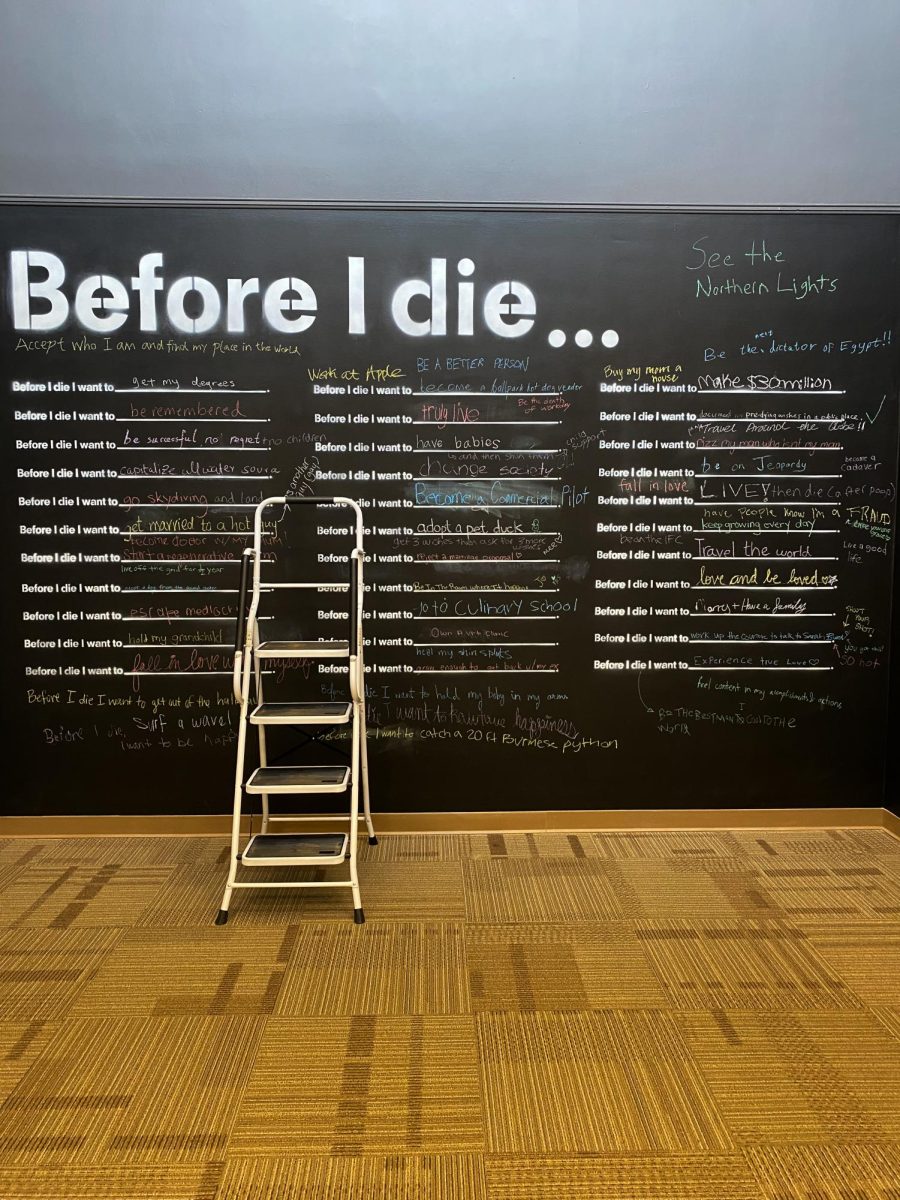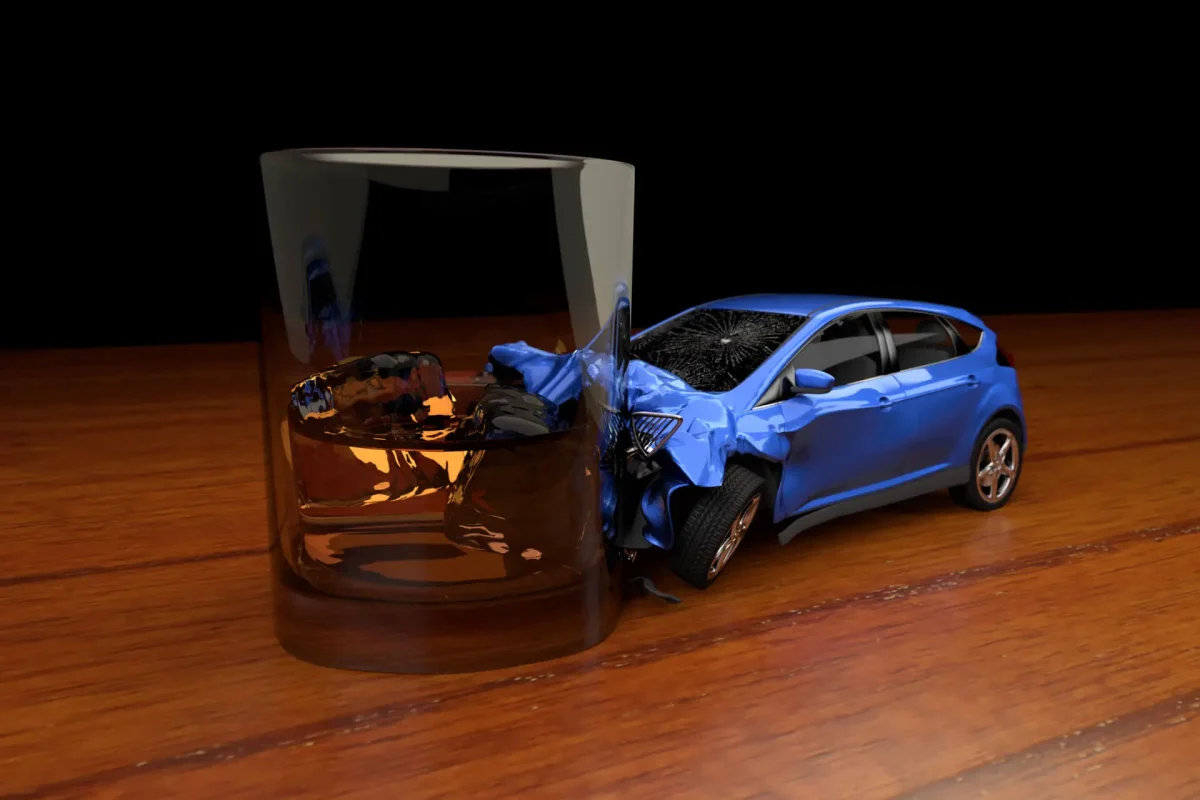Usually, in the Washington and Lee Library, you try not to think about death. Thinking about death generally means the day is not going well, or you are in an incredibly depressing history class that you should probably drop. Now, though, you cannot walk through the library’s main floor without thinking about death.
The new “Before I Die…” exhibit has only been up for a couple of weeks. It has a prominent place in the library that you really cannot miss. I noticed it before anyone had written a response, when it was just a dark alcove encased in black, with empty slots left to write in.
At first, I was worried. I feel a lot of secondhand embarrassment. I thought to myself, no one at this school is going to write something, and if that were the case, I would feel so bad for the curator. I certainly was not going to be the first. I am not that brave.
However, the lines filled up slowly, students filling the wall with answers to the prompt in colorful chalk. Now it is covered with life goals and drawings in colorful chalk.
Listening to people talk about it on campus, I have heard mixed reviews. Some think the display is stupid, some think it is morbid, and some believe we are too immature to handle it.
I think it is a perfect representation of the human condition or at least the condition of some college-aged students.
The “Before I Die” walls started in New Orleans by Candy Chang after suffering the loss of someone close to her. She temporarily converted the gate walls of an abandoned house in her neighborhood with chalkboard paint. It took off from there.
There are over 5,000 walls in 78 countries and 36 languages. On the website, there is a toolkit to build your own. You can download it at no cost or pay what you can.
The project is a modern memento mori (remember that you [have to] die). It is an artistic trope rooted in classical antiquity and re-emerged in Renaissance art like paintings or plays represented by skulls—think about Hamlet’s conversation with a skull over the inevitability of death in Shakespeare’s play.
The “Before I Die” project forces us to think about death and consider what we want to do with our limited time on earth. The prompt provides an interesting insight into what we value; success, progress, religion, money, love, and education. But more interesting to me is the presence of sex and humor.
We may think of the obsession over sex as a contemporary fixation. But sex has been preoccupying the minds of humans since the beginning. We have an understanding that past societies were prudish. Many examples show otherwise: erotic ancient Roman art, the prevalence of sex in Greek mythology, or the crude innuendos in Shakespeare’s plays.
So on a college campus in 2024, I would expect nothing less. Some students think this is a disappointing outcome of the installation. I think it is just…human, poetic in its consistency with the way people have always been.
My favorite response is “Before I die, I want to document my pre-dying wishes in a public place,” with a checkmark next to it. Humor is another part of what it means to be a human. Whether it is making a joke yourself or poking fun at another response, the “Before I Die” wall is a mix between humor and thoughtful responses.
Either way, we are certainly remembering death.
When you give a college campus a place to anonymously leave a public message, we cannot expect everyone to take it seriously, but why should they? We can see it as a flaw of contemporary young adults, or we can see it as an example of humans being consistently human. I chose to see it as the latter. While thinking about death, it is better to laugh.










